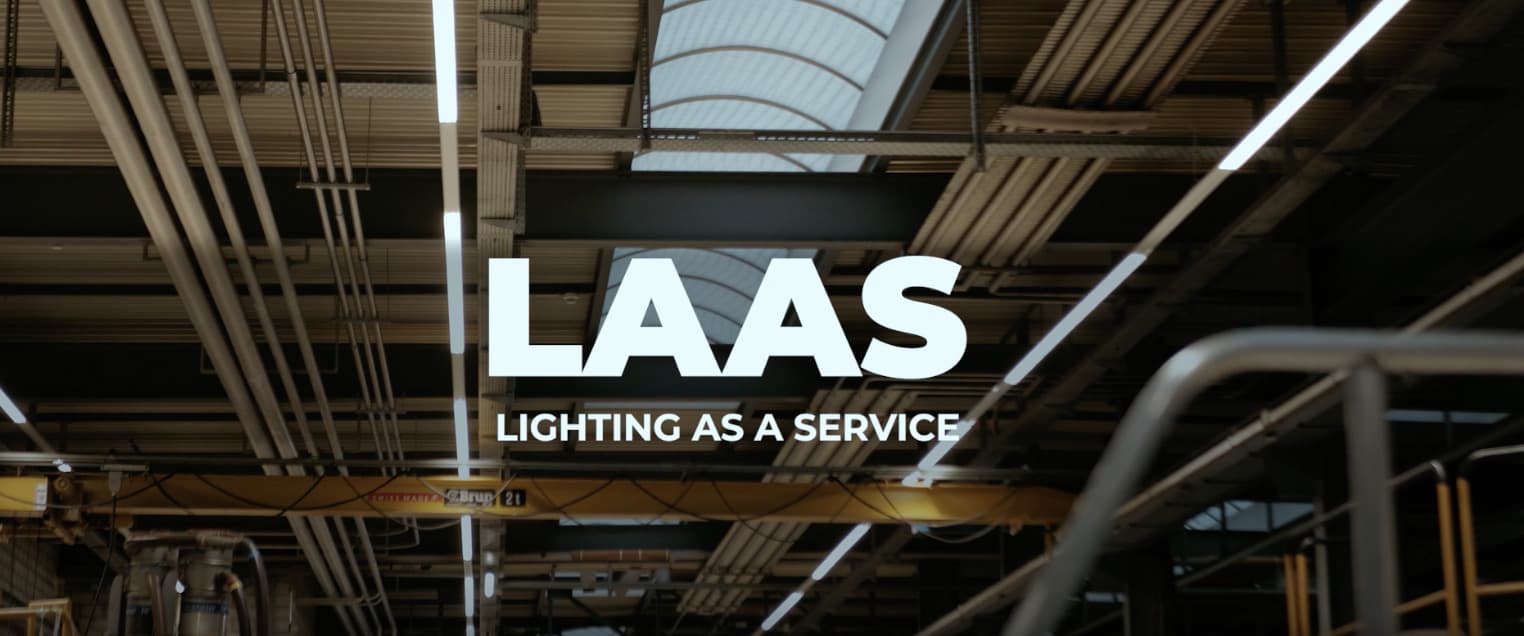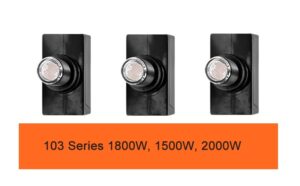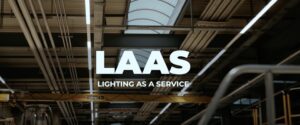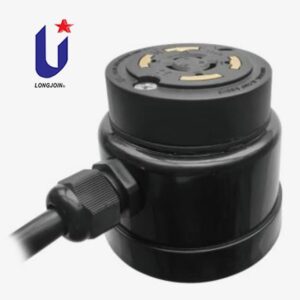Lighting as a Service (LaaS) and the Role of Photocells: From Product to Smart Control Node
Introduce
Lighting is changing fast. People no longer buy a fixture and forget it. Many now choose light as a service. They want safe, bright rooms, smaller bills, and less waste each month. At the center of this change is the photocell.
It used to be a simple dusk‑to‑dawn part. Today, it helps lights think, share data, and work smarter. This article shows how Lighting as a Service (LaaS) works and how photocells make it possible.

How Is the Lighting Industry Shifting from Selling Products to Selling “Light”?
Lighting is shifting. It’s about performance, not just selling fixtures. With Lighting as a Service (LaaS), you don’t buy equipment. You pay for steady light and energy savings instead.
One plan covers design, financing, and installation. It includes monitoring and maintenance. It helps cities and companies save energy without a big upfront cost.
Three big forces push this change:
- Lower carbon and better efficiencyrules from governments.
- LED and smart tech growththat makes control easier.
- Rapid urban growththat needs flexible, scalable lighting.
In this new setup, the photocell is no longer a small add‑on. It becomes an active sensor and control point that supports data, automation, and smart city tools.
Key Transformation Forces | Impact on Lighting Providers |
Environmental regulations | Faster shift to efficient LED and sensor‑based lighting |
Digitalization and IoT | Need for connected, photocell‑based controls |
Urbanization and smart cities | More long‑term service contracts, fewer one‑time sales |
What Exactly Is Lighting as a Service (LaaS)?
LaaS is a subscription model. The provider owns the lighting assets. The customer pays a monthly fee for outcomes—like set brightness, uptime, and energy savings.
This turns lighting into OPEX (an operating expense) instead of CAPEX (a capital expense). Costs become steady, and upgrades are easier.
Most LaaS deals include:
- Design and engineeringthat fit the site.
- Installation and commissioningwith smart parts like photocells.
- Remote monitoring and maintenanceusing IoT networks.
- Lifecycle upgradesto keep systems efficient and compliant.
The model works because it is both green and practical. It supports net‑zero plans while keeping budgets predictable.
Traditional Lighting Purchase | Lighting as a Service (LaaS) |
One‑time hardware purchase | Subscription or pay‑per‑lux model |
Customer owns and maintains assets | Provider owns and maintains |
Fix problems after they happen | Predict issues with sensors |
High upfront cost | Low upfront cost, steady OPEX |
Fixed performance | Easy to scale and upgrade |
See how hardware supports LaaS: explore Long‑Join’s photocell product line designed for long‑term, standard‑based use.
Why Are Photocells Central to the Success of LaaS?
In LaaS, photocells—also called street light controllers—connect the physical light to the digital service. They sense, switch, and send data.
1. Core Operational Functions
Photocells provide dusk-to-dawn control. They switch lights on at dark and off at daylight. That saves energy, shields the fixture, and helps the system last longer. This cuts waste, protects the fixture, and extends life. They also send real‑time data used for billing and performance checks.
2. Smart Upgrades for Intelligent Lighting Control
3. Standardization for Futureproof Systems
Compliant NEMA C136.10 and Zhaga Book 18 designs make parts easy to swap. A plug‑and‑play Zhaga socket or NEMA receptacle lets providers upgrade without rewiring. This is ideal for long contracts.
Smart photocells turn a set of poles into a connected network that learns and improves over time.
For standard interfaces that fit global systems, visit Long‑Join’s NEMA and Zhaga receptacle solutions.
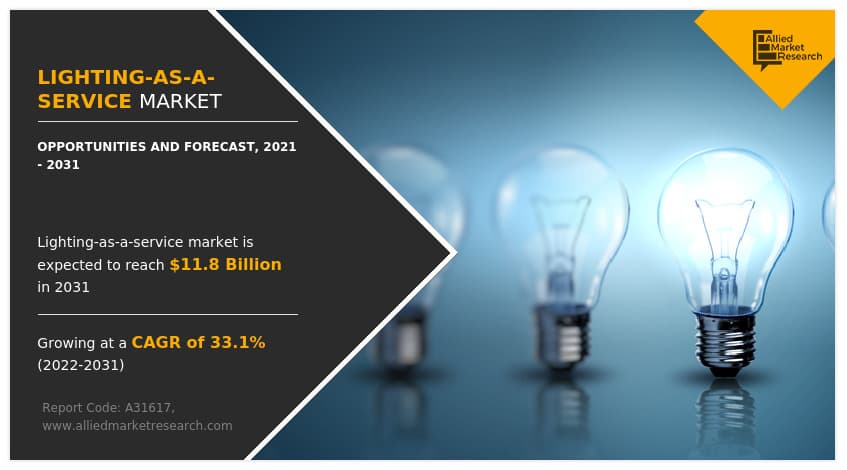
How Do LaaS and Photocells Work Together in Real-World Applications?
1. Municipal Street Lighting
Cities mix EPC projects with LaaS. Each street light controller works as a smart node. It supports dimming, schedules, and remote checks—often cutting energy use by up to 60%.
2. Industrial and Commercial Campuses
Factories and business parks use photocell data for tighter lighting control. They match light to shifts, track energy in real time, and report on ESG goals.
3. Smart City Platforms
In smart cities, photocells act as IoT edge devices. They send brightness, temperature, and voltage readings to a central screen. They can also link with Wi‑Fi or security networks.
4. Energy Service Companies (ESCOs)
For ESCOs, photocell data proves energy performance. Payments can be tied to verified savings, so accurate sensors matter.
Application Area | Photocell Function | Benefit |
Municipal street lighting | Automated dusk‑to‑dawn operation | Energy savings and safer streets |
Industrial parks | Activity‑linked lighting control | Better productivity and comfort |
Smart cities | IoT environmental data | One place to manage the network |
ESCO projects | Data for performance contracts | Clear reporting and trust |
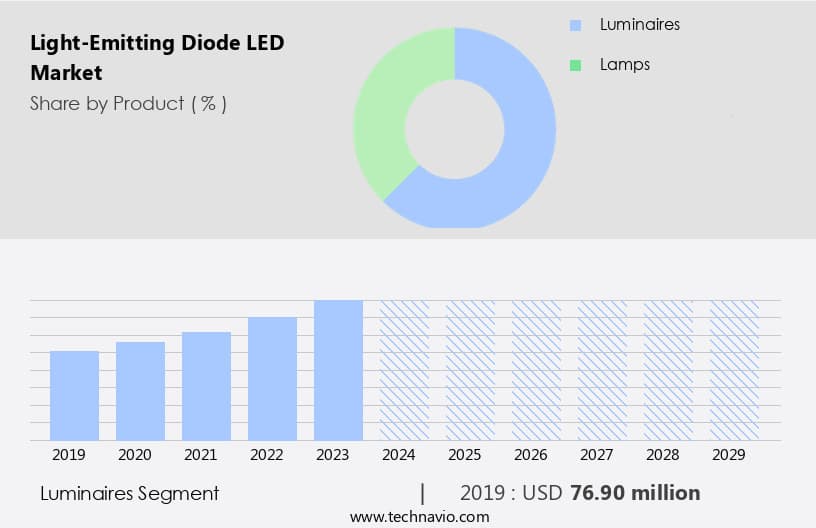
What Are the Emerging Business Models and Regional Trends?
Across the United States and Europe, LaaS projects pair smart photocells with cloud analytics. Providers promise uptime and savings, not bulbs. Light becomes a measured, billable service.
In Europe, many city retrofits use open photocell lighting sensors and standard sockets. Cities can upgrade sensors later without changing the contract or software.
Long‑Join’s Role in the Global LaaS Ecosystem
Long‑Join works with luminaire makers, EPC contractors, and smart city platforms to deliver ready‑to‑run LaaS solutions. The portfolio includes:
- NEMA and Zhaga‑compliant photocellsfor modular upgrades.
- Photocontrol receptaclesfor safe, reliable power.
- Smart photocellswith wireless modules for IoT data.
By teaming up with global partners, Long‑Join turns simple sensors into valuable data points for connected infrastructure.
What Gives Long-Join’s Photocells a Competitive Edge in the LaaS Era?
Technical Advantage
Long‑Join builds for precision and reliability. Over 20 years of R&D. The products meet UL, CE, and ISO standards and consistently perform well outdoors.
The range covers:
- Twist‑lock and wire‑inmodels for classic fixtures.
- Smart controllers for adaptive lighting.
- Zhaga and NEMA socketsfor quick, clean installs.
Each light photocell sensor goes through tough lab and field tests. The goal is a long life and low maintenance—ideal for LaaS contracts.
Market Advantage
Feature | Long‑Join Advantage |
R&D experience | 20+ years in photocontrol technology |
Certification | UL, CE, ISO for global use |
Product range | Twist‑lock, Zhaga, wire‑in, smart types |
Market reach | 50% U.S. share, growing globally |
Strategic partners | Philips, Cree, Tork, and more |
What Does This Shift Mean for the Future of Lighting?
LaaS supports sustainability, better budgets, and less waste. The old cycle—make, sell, replace—is giving way to continuous service with clear results.
In this future, photocells sit at the center. They act as both sensors and controllers. They gather the data that makes LaaS measurable and scalable.
Long‑Join leads with durable hardware and smart data tools that fit next‑gen city plans.
LaaS is not just efficient lighting. It is a new way to experience light. With strong photocontrol, standard Zhaga sockets, and ongoing photoelectric sensor advances, light becomes a managed, sustainable service.
Conclusion
Lighting as a Service is a major step forward. It makes lighting feel alive and smart. It saves energy. It cuts emissions. It stays reliable. Photocells sit at the heart of it. They bring automation, data, and control. As cities and companies aim higher on sustainability, Long‑Join’s photocell innovations will help build brighter, greener, and more connected places.

